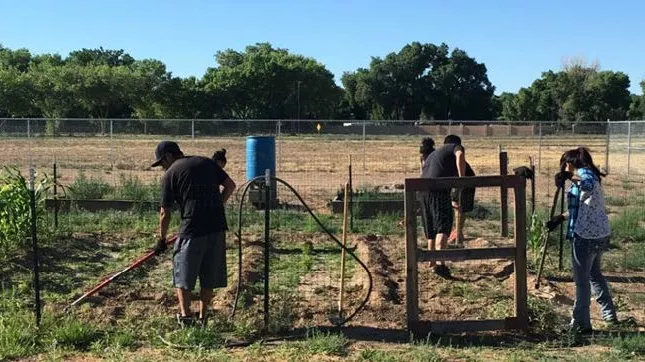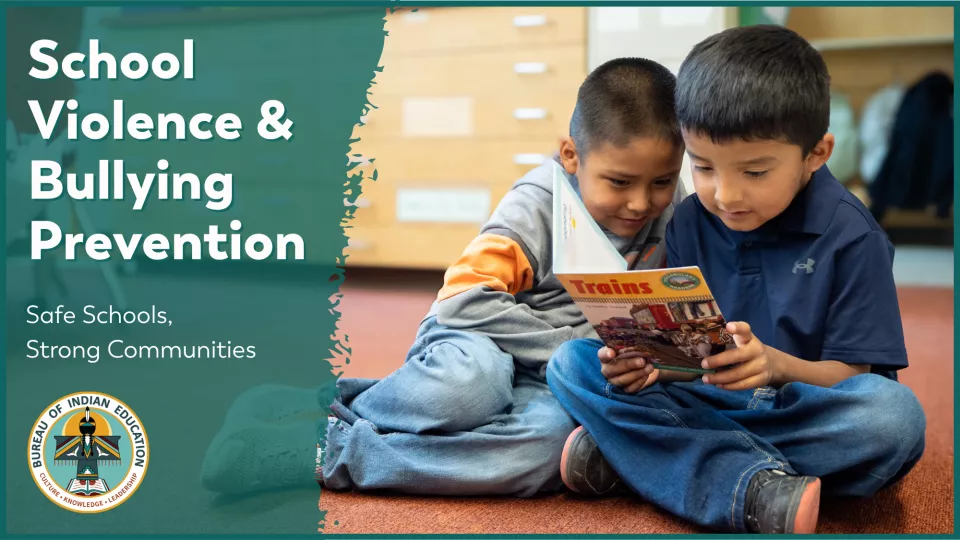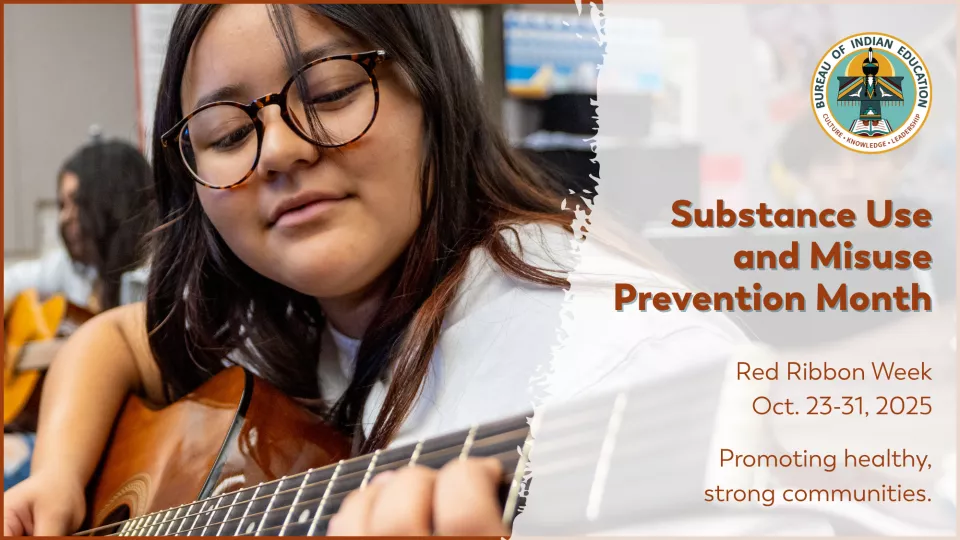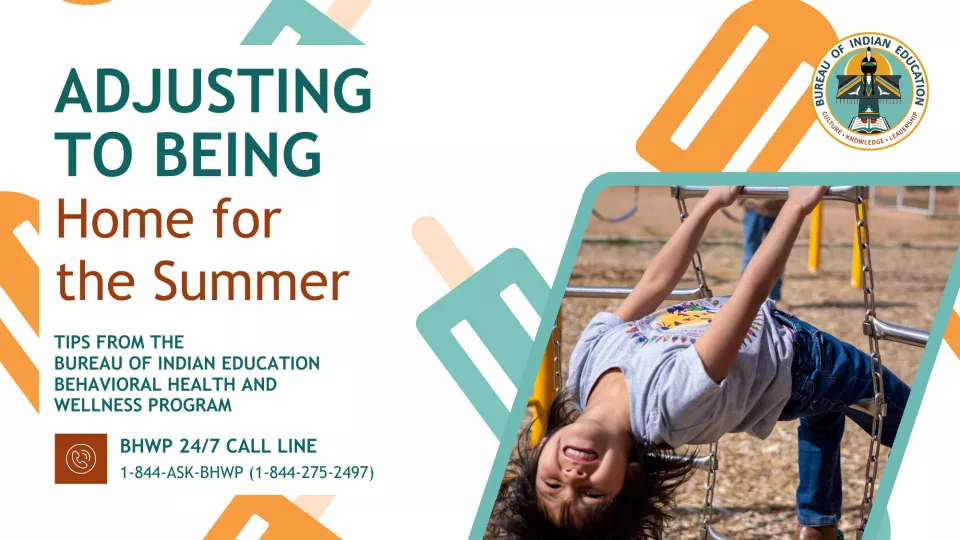
At Southwestern Indian Polytechnic Institute in Albuquerque, New Mexico, Danielle Lansing, Ed.D., utilizes a photography-based research method called PhotoVoice to improve the early childhood education curriculum for Indigenous students.
This National Photography Month, we’d like to highlight this use of photographs which invites community members to give a literal snapshot of their worldview to be analyzed for educational development.
Lansing, a Navajo Nation Tribal member, was a classroom teacher for 15 years. She now teaches early childhood education at SIPI, preparing the next generation of Indigenous educators. In 2022, she received the U.S. Department of Interior Distinguished Service Award.
Lansing partners with the campus SIPI Early Learning Center and School Lab for her research. The Head Start program enrolls children from 6 weeks to 5 years old. For her research, parents take photos over two weeks that answer questions like, “What knowledge is needed to be a healthy Native American?” and “How did you learn from your elders when you were little?”
The PhotoVoice method engages deep thinking, provides an intimate look into family experiences and makes participants co-creators in the educational curriculum for their children.
“Instead of asking parents to participate in predetermined ways, we collaborate with families,” Lansing said. “We feel like that's the most relevant way to work with Native families, and it has been a very beneficial way of looking at parent engagement and parent involvement specific to Native communities.”
The participating families took photos highlighting the educational importance of their Tribe’s language, Indigenous agriculture and food, health and wellness, running, and extended family.
The methodology has led to changes in the SIPI Head Start program. Families and staff now care for a community garden on campus and participate in family sharing events where everyone talks about their culture and history. The Head Start program also offers parent training, with parent-chosen topics such as CPR or what to do when a child is choking.
“All of the educational issues that schools and early childhood centers, parents do have the answers to many of them,” Lansing said. “Joining with them and building reciprocal relationships by listening to them and enacting changes that they see as important, I think, is a worthwhile process.”
Lansing has presented her work on using the PhotoVoice method and incorporating the findings into the educational curriculum at panel discussions and conferences across the country in the last few years.
It has also been included in two books, Indigenizing Education: Transformative Research, Theories, and Praxis (2021) and Teacher Education Across Minority-Serving Institutions (2017).
“We can contribute to the national discourse on indigenous education and be part of that conversation rather than just implementing mainstream theories and ideas within our classrooms,” she said. “As a result of this work, we’re actually creating a culturally relevant teacher education program.”
Lansing teaches “Family and Community Collaboration” as part of the Associate of Arts in Early Childhood Education at SIPI.
Learn more about Southwestern Indian Polytechnic Institute’s early childhood education program at sipi.edu/apps/pages/programs. Find more information about SIPI’s Head Start program at sipi.edu/apps/pages/YDIchildcare.
Contact
Office of Communications
Bureau of Indian Education Central Office
U.S. Department of the Interior
1849 C Street NW, MIB-3610
Washington, DC 20240
Telephone: 202-941-0789
Email: biecommunications@bie.edu





